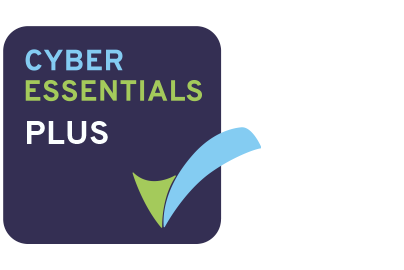Overview
The Freedom of Information Act 2000 requires some 100000 public authorities in England, Wales and Northern Ireland – including every local authority department, central government agency, health service body and educational establishment – to provide information freely to anyone who requests it.
The act is subject to certain exemptions such as national security.
The Freedom of Information Act (Scotland) 2002 places a similar requirement on Scottish public bodies.
This legislation was a fundamental challenge to the then prevailing common premise within public bodies leading up to the millennium that everything is secret unless stated otherwise. The working premise is now that everything is public unless specifically exempted.
The culture shifted towards openness and transparency, without compromising the protection of personal data under GDPR and information protected by other exemptions.
In the 2 decades AXLR8 have been providing systems to help manage the process of managing IRs, our clients have noticed many trends and studied the reports where the law has been tested. First of all the volume of IRs has, on average trebled since the FOI Acts were enacted. The second trend is for the applicants to ask more complex questions. There can be 5-20 or more sub questions involving several departments in the business and all must be answered in 20 working days. Set against that, some more exemptions have been used to reduce workload. Systems have stepped up with audit trails, triggered emails to expedite the work and alerts when tasks are getting close to deadlines. For example alerts can be automated to expedite information collection, collation and redaction activities.
Public sector bodies perceive FOI law as a benefit for them as well as for citizens. Hardly a month goes by where we have not heard on the news how it has helped to improve public trust in government bodies. It creates a more open atmosphere. This in turn should benefit public sector employees if it improves the image of their work. It also contributes to breaking down communication barriers within the public sector, helping agencies to learn from each other to improve their own performance.
